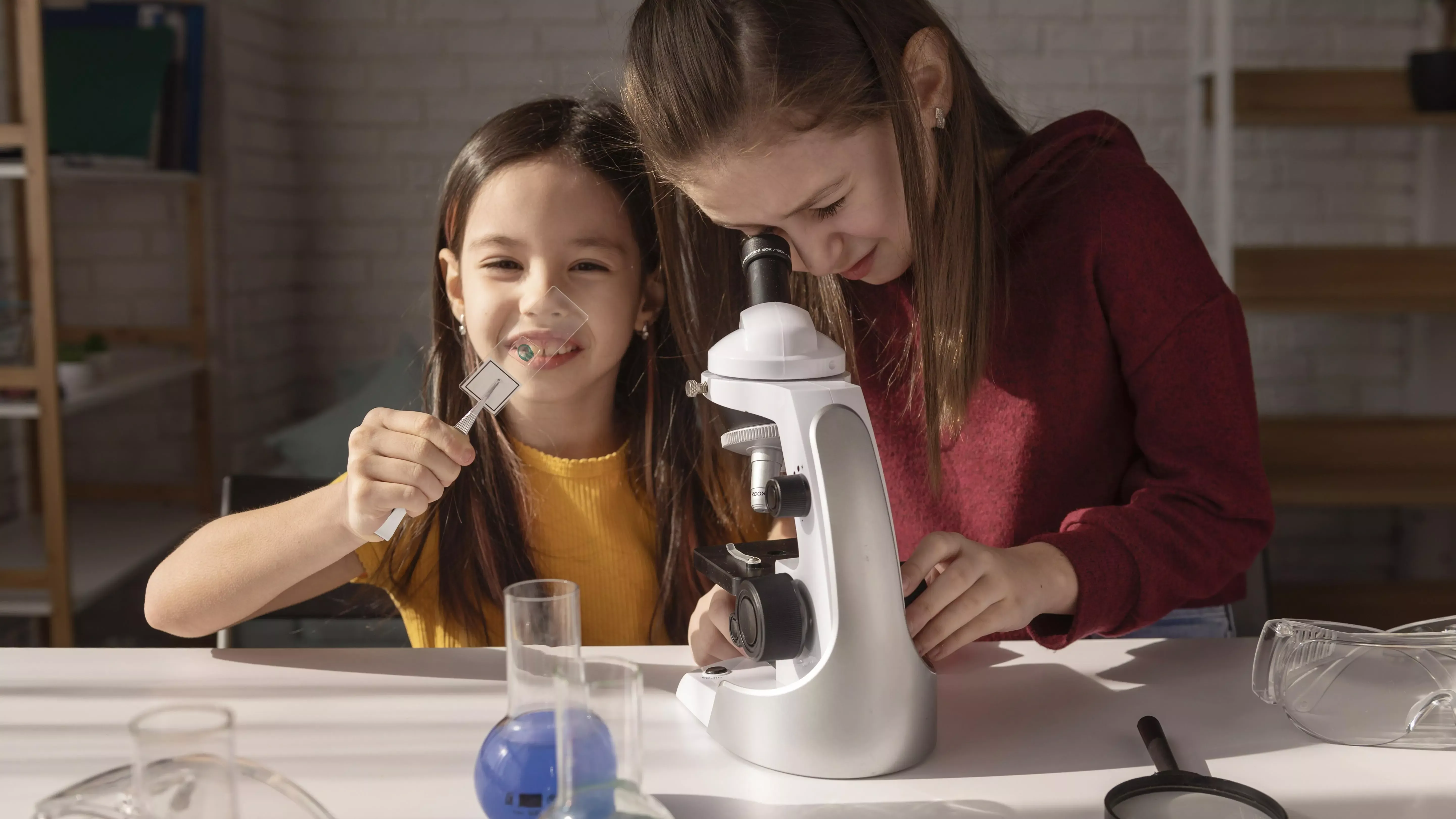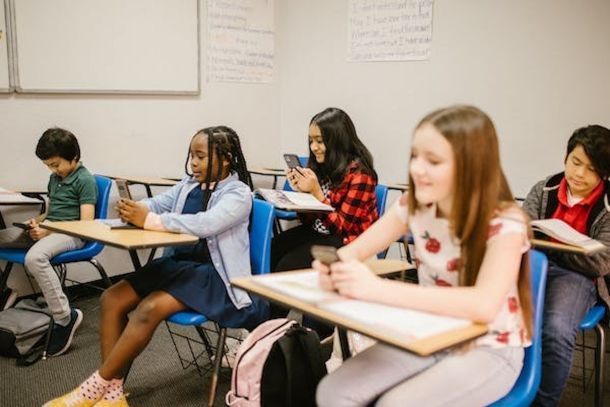
Girls in STEM: Let's see them and recognise their skills
Georgette Yakman introduced the concept of STEAM. She believes that there is a connection between science and the arts that corresponds to the global socio-economic system and that it is beneficial to treat them together.
Girls in STEM: What does the research say?
The gender gap in the study of STEM fields becomes more apparent when students begin to choose majors and make choices about which subjects to study.
"The more hands-on experiences a girl receives during her education, the greater her interest in STEM" (Microsoft, 2017).
The role of the family in supporting girls to work in STEM
Teacher can influence girls' STEM choice
- Most girls become interested in STEM at age 11 and a half, but this interest begins to wane by age 15.
- More than half (57%) of European girls surveyed by Microsoft said that if they had a teacher who encouraged them to pursue a career in STEM, they would be more likely to pursue this career path.
How to inspire girls to study STEM?
Creating a gender-neutral learning environment can help with this. A gender-neutral learning environment is not necessarily a gender-free one. Rather, it is an environment where teachers and learners avoid gender stereotypes and aim to ensure that all learners are valued, respected, and treated equally.
Research has shown that girls who meet STEM role models report more passion for all STEM subjects (Microsoft, 2018), as well as an increase in self-confidence. Try to ensure gender balance in both historical and contemporary figures. Numerous studies have found that providing positive role models to girls has the potential to reduce stereotype-limited beliefs.
Cultivate a creative environment
Provides opportunities to practice and foster creativity, and demonstrate understanding, and problems solving, which have been identified as essential skills in STEM performance (Baine, 2009). Girls are motivated when given opportunities to approach projects in their own way, exercising their personal preferences and creativity. Engaging in creative problem-solving also encourages students to accept failure as part of the learning process, developing resilience.
Encourages flexible thinking
Many people, including girls, have the misconception that success in STEM subjects is the result of natural ability and that boys have a more natural ability in these subjects, especially math. Believing that success is due to natural ability is described as having a "rigid mindset," while believing that success is due to effort and persistence is described as having a "flexible mindset," as Dweck states in 1986. Research has shown that boys tend to attribute success to their own efforts and failure to external factors, while girls do the opposite (Dweck, 1986; Murphy, 2000).
Combine technology with passion-based projects
Give girls multiple and sustained opportunities to get involved, especially in technology. Girls' involvement in technology is often more restrictive and less autonomous than boys', and girls often receive less support and encouragement from parents to use computers and technology products (Vekiri, 2013)
STEM careers are often referred to as the jobs of the future, fostering innovation, social well-being, inclusive growth, and sustainable development. UNESCO pays particular attention to this issue through research, policy, and capacity-building activities and as part of its efforts to promote the empowerment of girls and women through education.

Ramona Coleașă graduated in Pedagogy at the Faculty of Psychology and Educational Sciences and currently a student in the Master's program Management and Evaluation of Educational Organizations and Programs at the University of Bucharest, is pursuing a career in education, being passionate about learning and research.
She is a content creator at Kinderpedia, and over the years she has distinguished her work through various volunteer activities in the same field.

Kinderpedia
The complete communication and management solution for schools and childcare centres.
Simplifies teachers' work and brings parents closer to their children's school progress.
Recommended articles
Want to improve your center quality? Kinderpedia is here to help! Not only do we provide thousands of informational content pieces like blog posts, podcasts, webinars and more, we are also makers of the #1 Rated and Reviewed Childcare Software.







